Amitabh SenGupta is an eminent Indian painter and has studied art in Kolkata, Paris and in the USA. His ideas and activities are multifaceted: painting, writing, digital experiments in graphics and video art. He spent eleven years in Nigeria and years in Europe, USA and the far East studying and travelling. His deep interest in folk arts is reflected in his books and articles. Amitabh SenGupta’s art and writings are both within such eclectic dialogues. In this interview we speak with him about his artist background, future plans, the Indian art scene and what can be done to make things better for Indian artists.
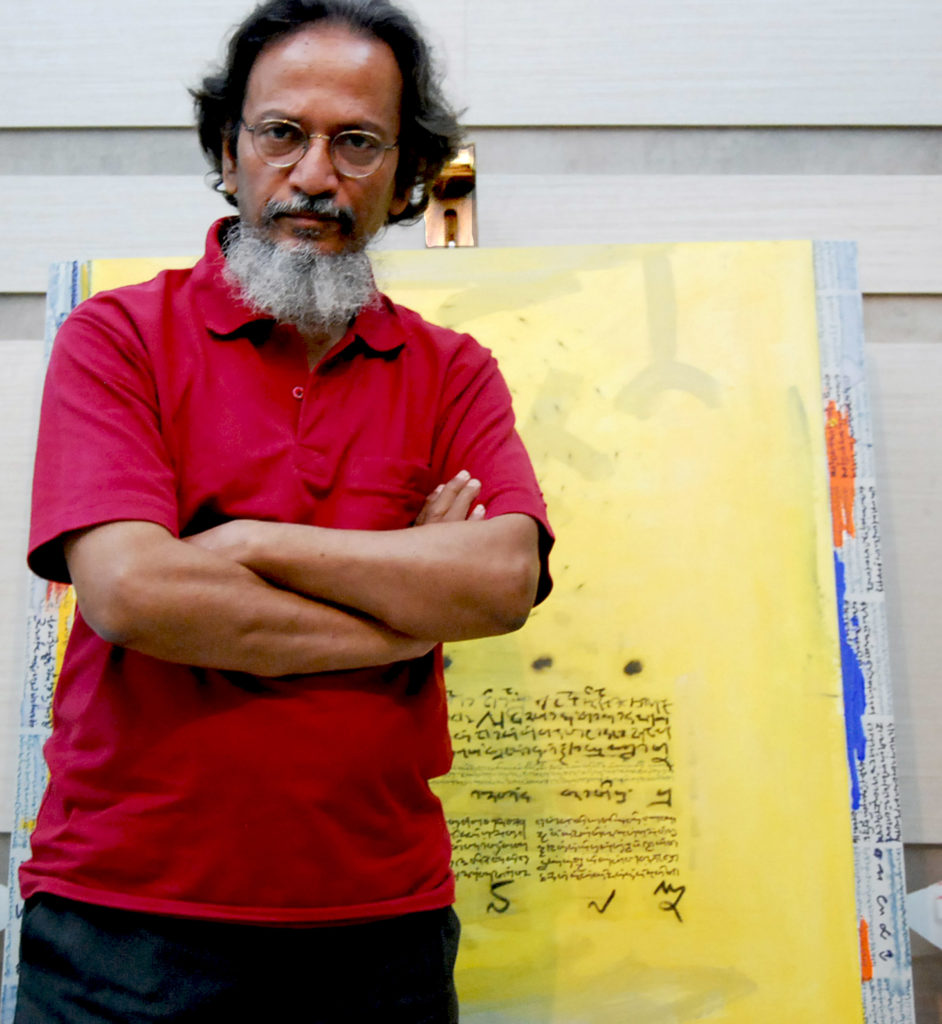
What’s your artistic background?
I studied painting at Government College of Arts & Crafts, Calcutta, 1963; received French Government Scholarships to study Painting/Printmaking at Ecole des Beaux-Arts, Paris, 1966-69; later did Ed. M at the State University of New York at Buffalo, under AICE-UNESCO Fellowship for University Teachers in Nigeria, 1979-81. The rest of the period is a process of de-educating myself from institutional art.
What’s integral to the work of an artist?
Art reflects the existential (place, family, state, India, the partition; in short, the memory also has inputs from the metanarratives of tradition, etc.); then acquiring the skill, ideas, questioning norms, values – all these are integral to an individual’s expression of art. I am not concerned about ‘talent’, what saturates is the mental journey through events, hardships and pleasure.
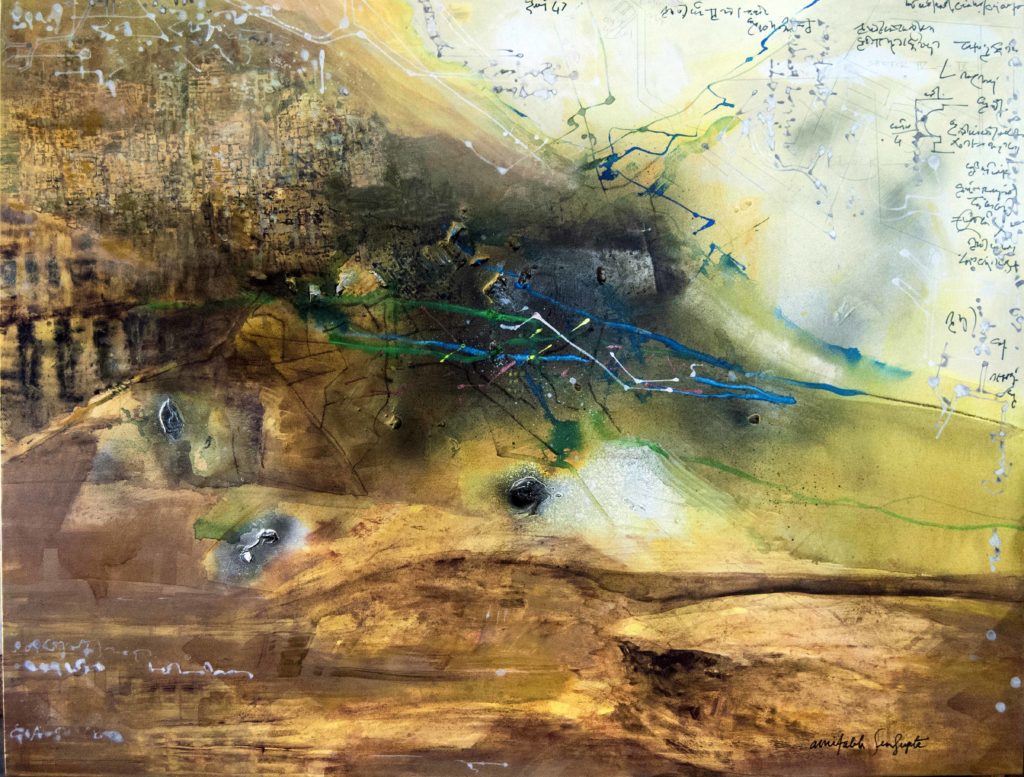
What role does the artist have in society?
In modern India, it’s really nothing. In the past, artists had a role in religious art, social art, ritual art; art was an integrated part of life. Now institutional art is a shift from such social dialogue, alienated from the mainstream culture. It now serves the galleries, prototype global art-market and tries to satisfy a very limited corporate culture. Art that serves in education, or city environment, is a hopeless trend. Yet, art serves minds at rare moments; it serves the artists himself/herself to exist.
What art do you most identify with?
I identify with painting, video-art, and writing.
What themes do you pursue?
It has never been a fixed theme that I pursue, rather continuously evolving with events, ideas, even finding new materials of art. In my case, living in different societies and environments, themes also came from local/cultural impacts. But there is a recurrent theme, returns in different forms; in the past twenty years it concretized in my Inscription Series. Watching scripts in different cultures and finding them as art and a theme.
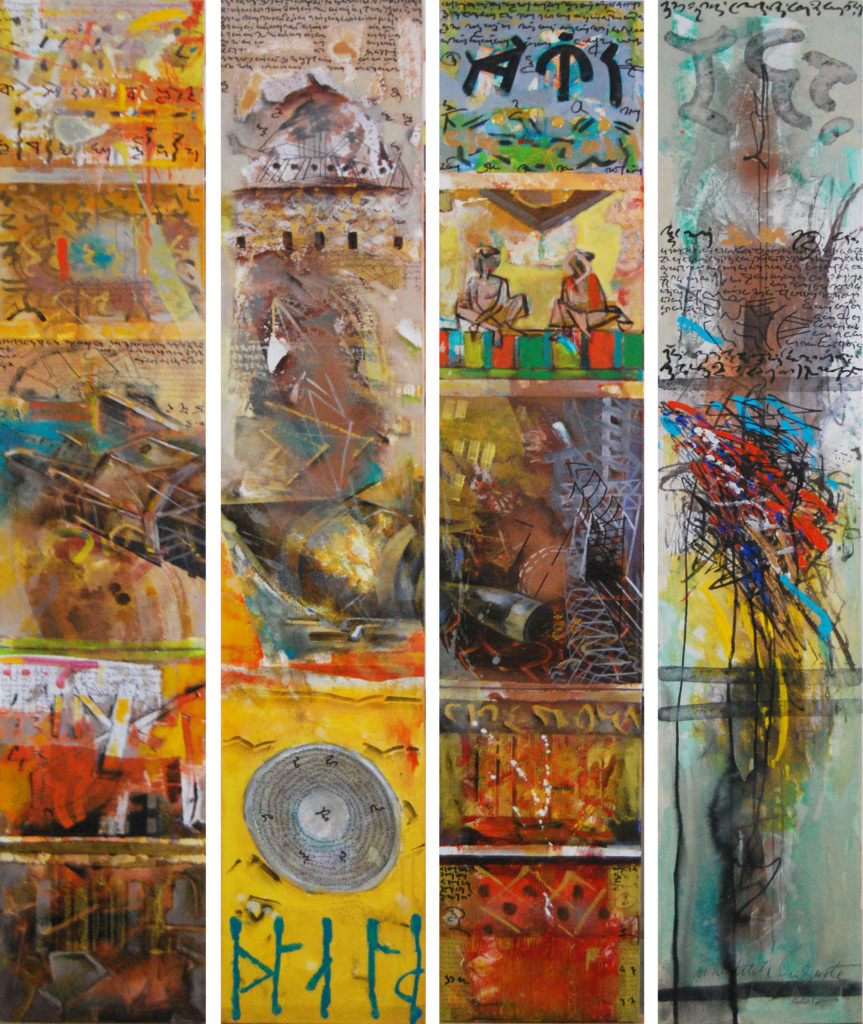
What’s your favorite artwork?
For me art is a wide area, I react to various forms of art, like parallel-cinema, classical music, many paintings from now or the past. I am amazed by Egyptian Art.
Describe a real-life situation that inspired you?
Seeing the art collections in Cooch Bihar Palace, (the Bengal School, European Seascapes, oil paintings in Portrait Gallery, a Chinese vase, so on) when I was a student in Jenkins School, 1955-56. I discovered the world of art that I wanted to live in.
What jobs have you done other than being an artist?
I didn’t get a respectable job after my return from Paris. I never got a job in India and went back to Paris for the second time in 1976; soon after, like serendipity, got a UNESCO contract to teach in Nigerian university; after six years, I joined a federal university in Port-Harcourt, to start a new Art Department (after my Ed. M, which had Policy Analyses, Educational Administration, etc.). I stayed in Nigeria for 11 years, traveled and held shows in Nigeria, Europe, and the USA. In 1989, I decided to return to India.
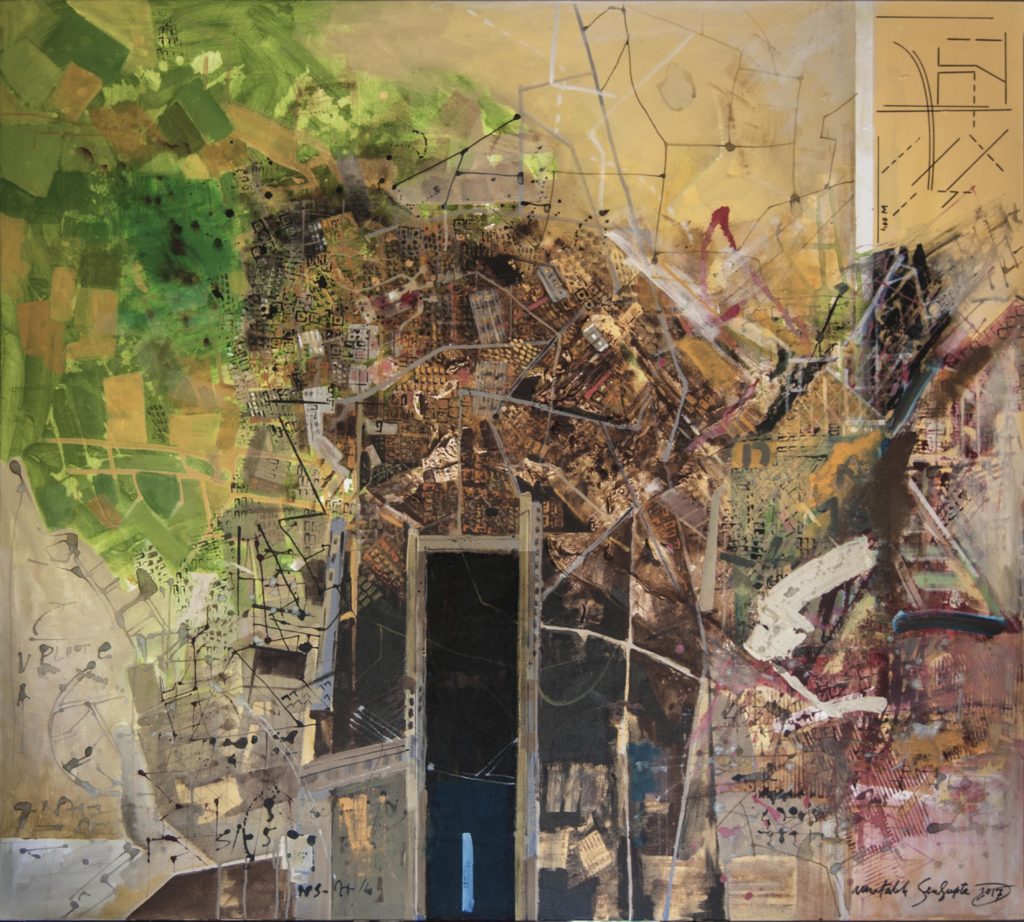
Why art?
I couldn’t think of any other discipline.
What is an artistic outlook on life?
Like all creative people, like all human beings, an artist finds a way to express nature and life. The urge to express is the main point. This could be within the social norm/tradition or could be an individual outlook.
What memorable responses have you had to your work?
During my Delhi days, 1972-76, I managed to have a show in Triveni Kala Sangam. I was in for a pleasant surprise when I saw Ebrahim Alkazi entering my gallery. His appreciation remained a fond memory. His words opened up a doorway to galleries. We had a long fruitful relation even when I left India, soon after and after my return in 1989. But then, I am not much of a gallery-artist.
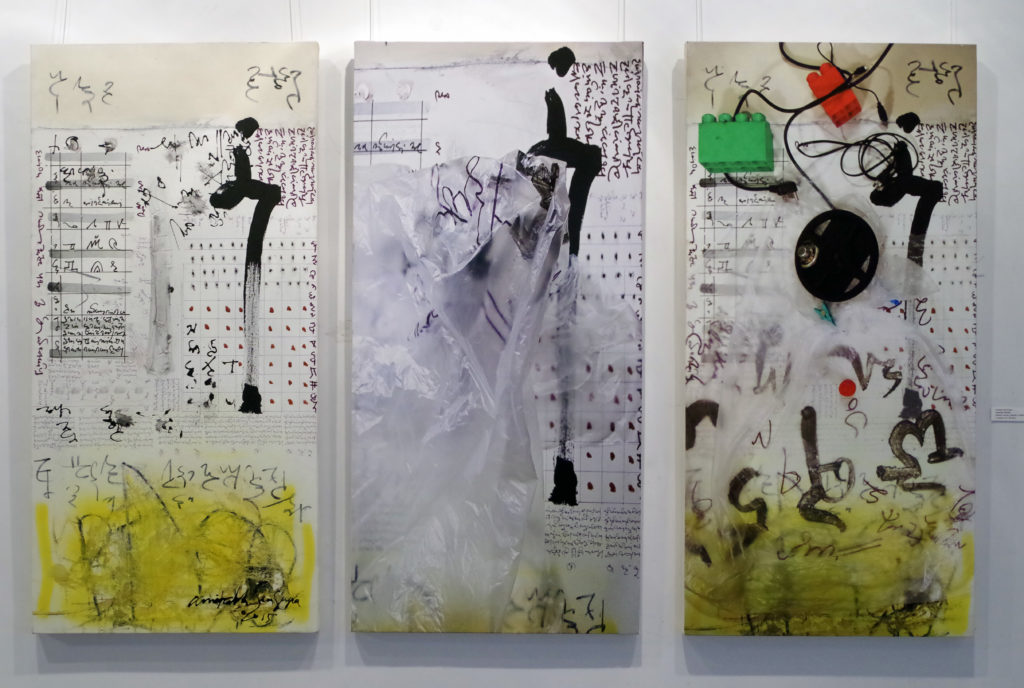
What food, drink, song inspires you?
I am an out and out foodie; dare to say a connoisseur of fine food and drinks of all the countries I have lived in. Now, living in a village I am discovering Shutki, Tiler-Bada, so on. But I do miss fine wine here and have almost turned into a beer-drinker. Drink for me is a part of a polite culture, for fine discussions. I generally like Indian and western classical (instrumental), Lalan-Giti, and Rabindra Sangeet in few voices. My preference for modern songs, all kinds, is esoteric, but Miriam Makeba’s ‘Malika’ is an inspiration for me.
Is the artistic life lonely? What do you do to counteract it?
In India, it’s lonely as there is no social communion with art. The art-profession, particularly, of a painter, is alienated from the socio-cultural exchange and this obfuscated the role of an artist in urban professions, which has become western prototype/recurrences of western ad-campaigns. The computer has further reduced the role of an artist. As a result, the use of art in our environment is ill-conceived and miserable. In fact it has never been so low in our history. After my return to Calcutta, 1989, I organized an Art Trust, to create social dialogue. I started with artists, poets-writers, filmmakers, organized workshops-seminars-exhibitions. Our addas concentrated on issues of art, literature, film and social issues. We organized activities and exchanges with Bangladesh; it survived for about ten years, died it’s natural death because of lack of funds, lack of sharing, and interference. My interest in folk art took me to the village of Potuas; I have been writing about them, published books and articles. Still trying to know rural life, writing about the meaning of modernity – staying in a village in North Bengal. I have a studio now in Bholardabri in Duars. Loneliness becomes inconsequential as I am engrossed in several activities and traveling. But I feel every human life is lonely.
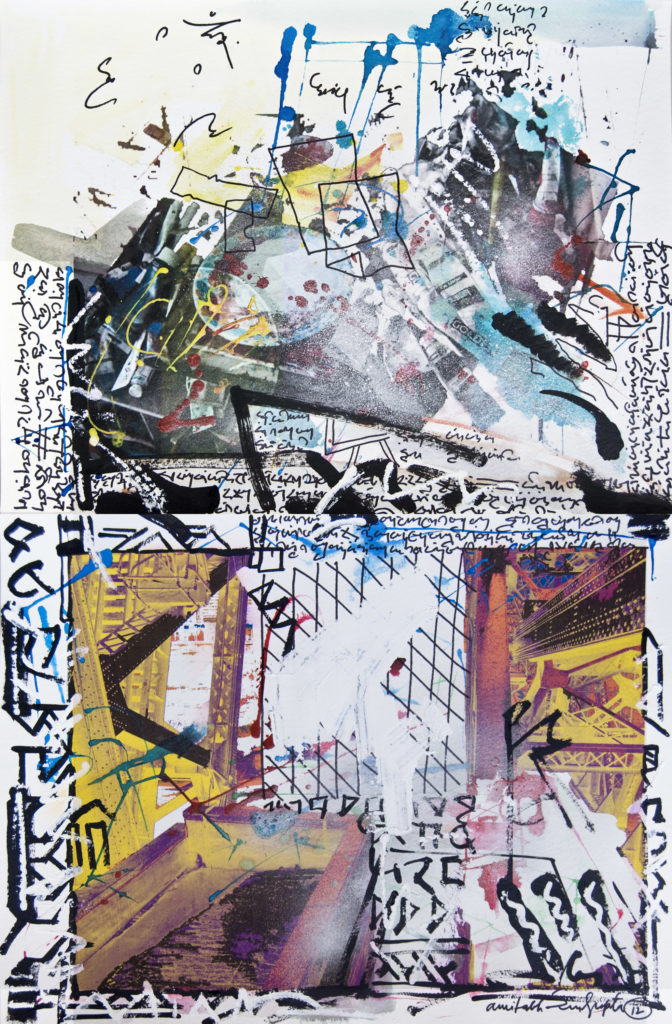
What do you dislike about the art world?
The art world in India is much disconnected; the 20% modern-masters and the few, is all about Indian contemporary art. It’s history and profile were created by Sotheby’s-Christies when they opened their Houses in Mumbai. The auction opened up gallery investments on marketable names. For a while market brought hope for many aspiring young artists. It does not exist amymore. But the survival for the rest, may be lakh or more, has no valid information. Art colleges are mushrooming with the ‘package’ of modern education. These kind of changes are happening in an unplanned manner. Few private museums, or the galleries, have a similar projection of Indian art, the prototype western movements. We see the same projection of art, textualized in curated shows/art summits. Contemporary art in India has no memory of our country. Alienation happened through institutional art and market. Nevertheless, I do not doubt the creative ability of Indian artists. There is so much to change but not in isolation from the mainstream life. It needs holistic planning – pedagogic exploration of the education of art, exploring classroom activities with global and the indigenous language of art; but we have no textual materials, need new research, shaping the art-vocabulary. The West has given us a methodology but we have to take away it’s control over modernity.
What do you dislike about your work?
The physical existence, the accumulating canvases, loads of files and maintaining my archive. The assorted works shrinking my space, sometimes I leave everything and disappear for months. Then I miss these, I love the smell of paints, my chaotic studio.
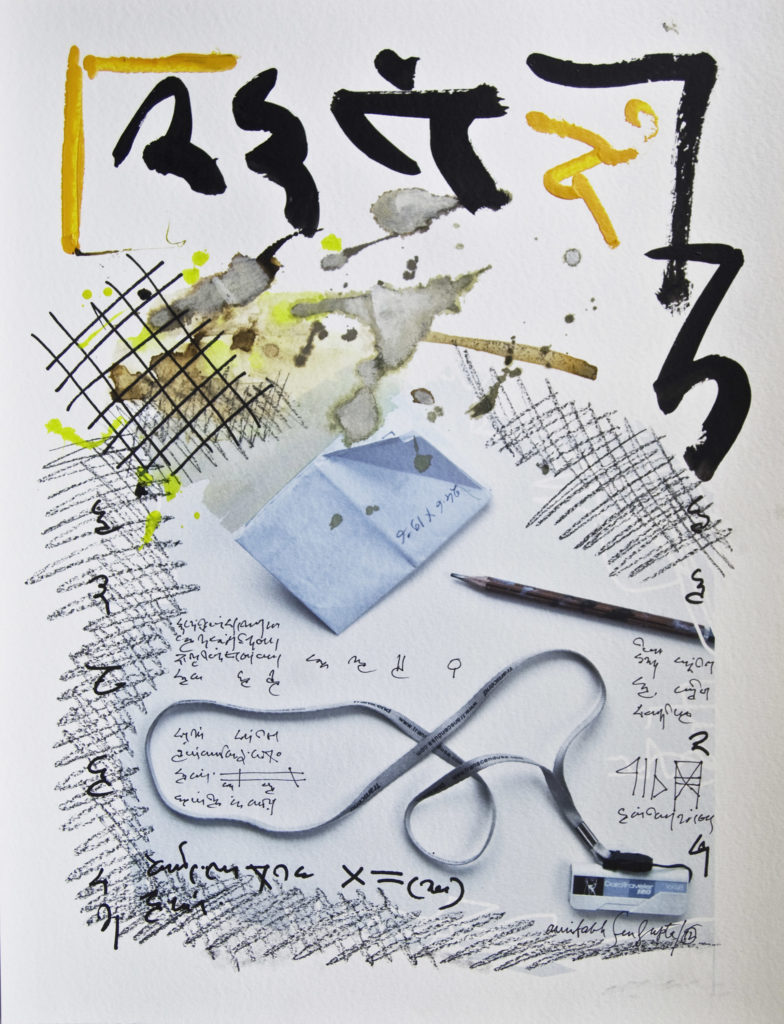
What do you like about your work?
Every work is a surprise that ‘this I could do’. There is a feeling of incompleteness as well, but it takes me to the next canvas. It’s a journey, a colorful exotic journey without a destination.
Should art be funded?
If there are so many Yojanas, why not on art? Overall, there is a social responsibility for cultural developments.
What role does art funding have?
I feel art funding has a big role to play, concerning cultural development. Each program needs to have a specific objective, targets, organizational planning, and so on. I am much disappointed with the role of artists fusing no valid ideas so far in organizational discipline, except for parochial role; artists often fusing art-market in institutional process. The fund, or lack of fund, stranded the governmental activities of Lalit Kala Akademi for all such mixed reasons; comparatively, private gallery/museums are better organized. Like Victoria Memorial, DAG, Kiran Nadar Museum, Cholamondal, or Arts Acre; but these are very few compared to South Korea, Japan, or China.
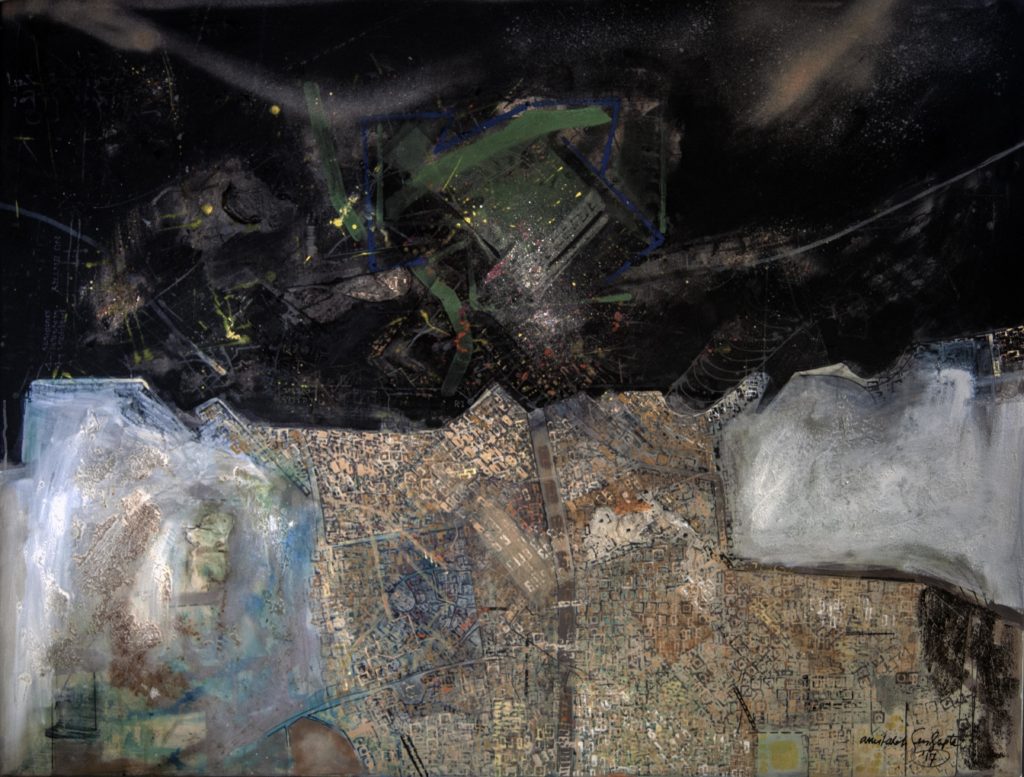
What is your dream project?
Creating dialogue/research activities with art and coming up with a Creative Forum to facilitate these objectives.
Professionally, what’s your goal? Future plans?
To keep painting, complete my present manuscript; organize activities of a Creative Forum, exhibit my works and write more.


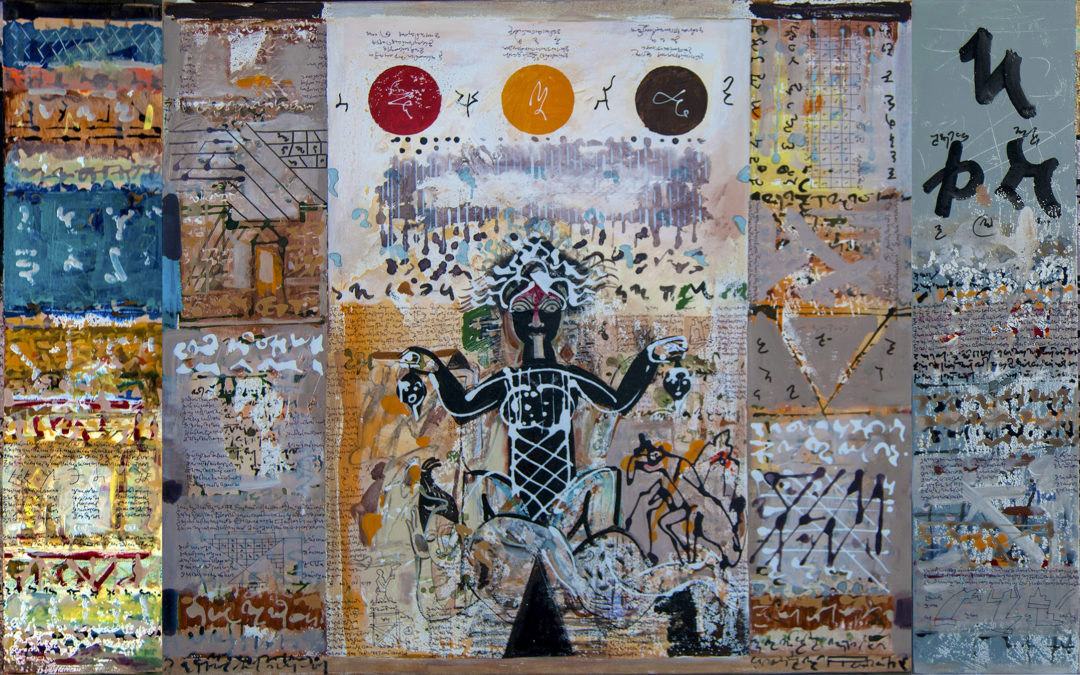

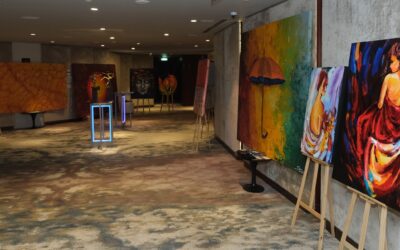
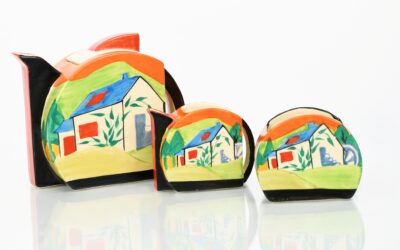
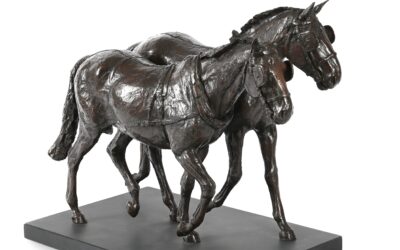
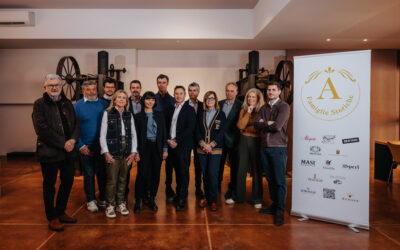


Very impressive! You are a very passionate artist who love and understand art ,food and culture ! Thanks for sharing your artistic journey!
Excellent article jyoti Balani. Brilliant dialogue from Amitabh Senguptaji.